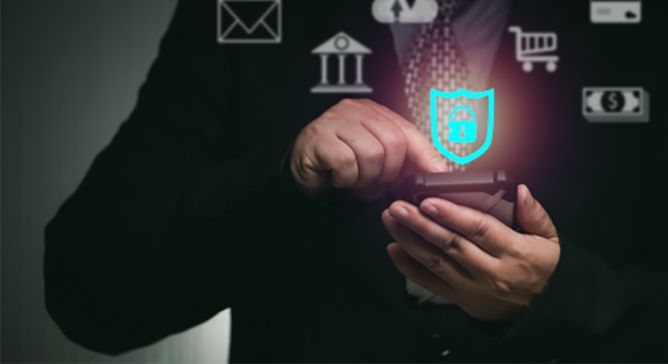3 Ways to Evolve Your Cybersecurity Operations

What SOC teams need most are better ways to correlate and prioritize alerts so they can isolate the ones that truly matter while getting in front of threats instead of reacting to them. They also need to streamline their toolsets so they can manage more effectively. As a result, optimizing XDR, assessing risk continuously and shifting away from point solutions are critical.
Step 1: Optimize XDR for stronger cybersecurity operations
Most cybersecurity operations teams rely on security information and event management (SIEM) solutions to log and analyze alerts. But because SIEM doesn’t provide correlation, and given the sheer volume of what has to be monitored today, SOC teams end up bombarded with tens of thousands of alerts and have no way to triage them.
XDR, on the other hand, automatically correlates data across multiple security layers, speeding up threat detection, investigation, and response. It streamlines workflows, expedites or eliminates manual steps, and provides greater visibility and richer analytics than have been previously available.
Stronger together
Combining XDR with SIEM optimizes the capabilities of both: SIEM data enriches XDR detection and investigation while XDR’s correlations give context to SIEM logs for better threat identification over time.
With optimized XDR, SOC teams can prioritize incidents more easily, knowing clearly where to focus and what actions to take. They gain visibility into cloud workloads, across the network, and down to the level of endpoints and applications like email. Optimized XDR also makes it possible to prevent and address the misuse of enterprise credentials, extending cybersecurity operations out to the ‘new perimeter’ of identity.
Get more Trend Micro perspective on XDR in this Guide to Better Threat Detection and Response.
Step 2: Adopt proactive cyber risk management
The data, analytics and integrations provided by optimized XDR directly support continuous risk assessment, allowing cybersecurity operations teams to be proactive, not just reactive. It reduces the likelihood of an attack or breach while helping get out of ‘firefighting mode’.
Proactive cybersecurity is increasingly seen as imperative by many enterprise leadership teams and governance bodies. “A sustainable security program that provides data-driven risk decision making and measurable treatments as an outcome is essential to manage the new normal,” according to Gartner’s 2022 Planning Guide for Security and Risk Management. “Up-to-date risk assessments and risk communication practices are the driving forces for improving the current state, as indicated by our recent interactions with clients.”
Managing risk with zero trust
Achieving proactivity requires new, detailed ways of assessing risk and enterprise security posture, across a wide range of factors related to identity, user and device activity, applications, vulnerabilities, and device configurations. It also requires a zero trust approach to cybersecurity that regards any connection, whether from inside or outside the corporate network, as untrustworthy.
In a zero trust system, even once a user, device, or application is authenticated, they are assigned the least degree of privilege possible. Zero trust is also dynamic: no user is trusted in perpetuity. Even within a single connected session, risk status is continuously reassessed.
Given the sheer number of entry points and potential connections—from bring-your-own-device equipment to remote work environments, cloud elements, and as-a-service solutions—operationalizing zero trust can be complicated. Integrating risk management with the threat detection and response capabilities of optimized XDR helps, along with deployment of secure access service edge (SASE) tools.
Read More HERE




